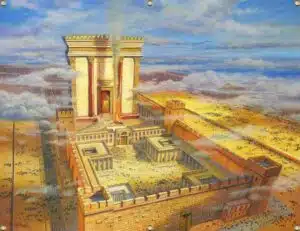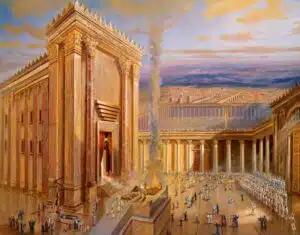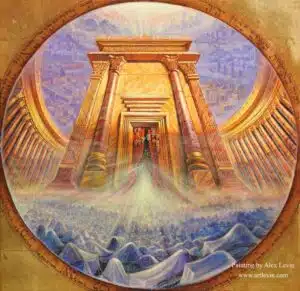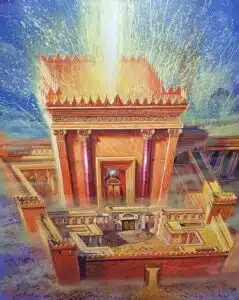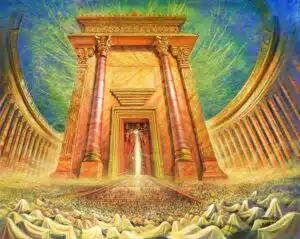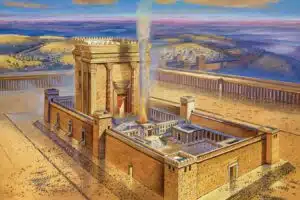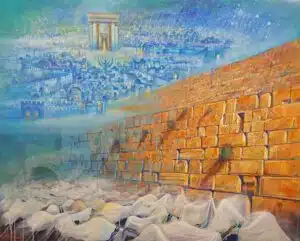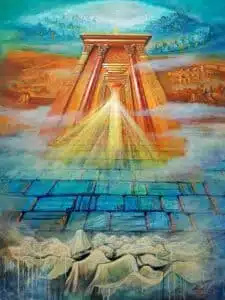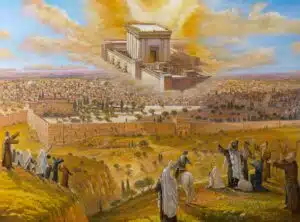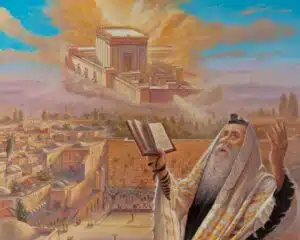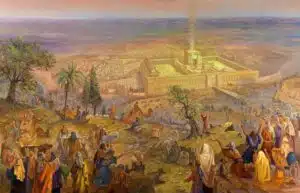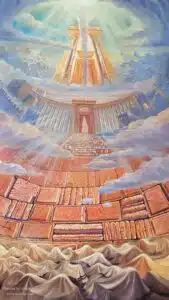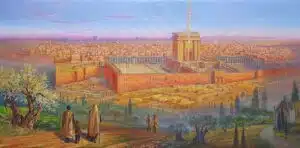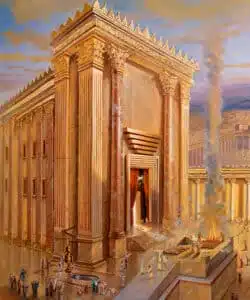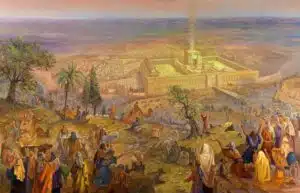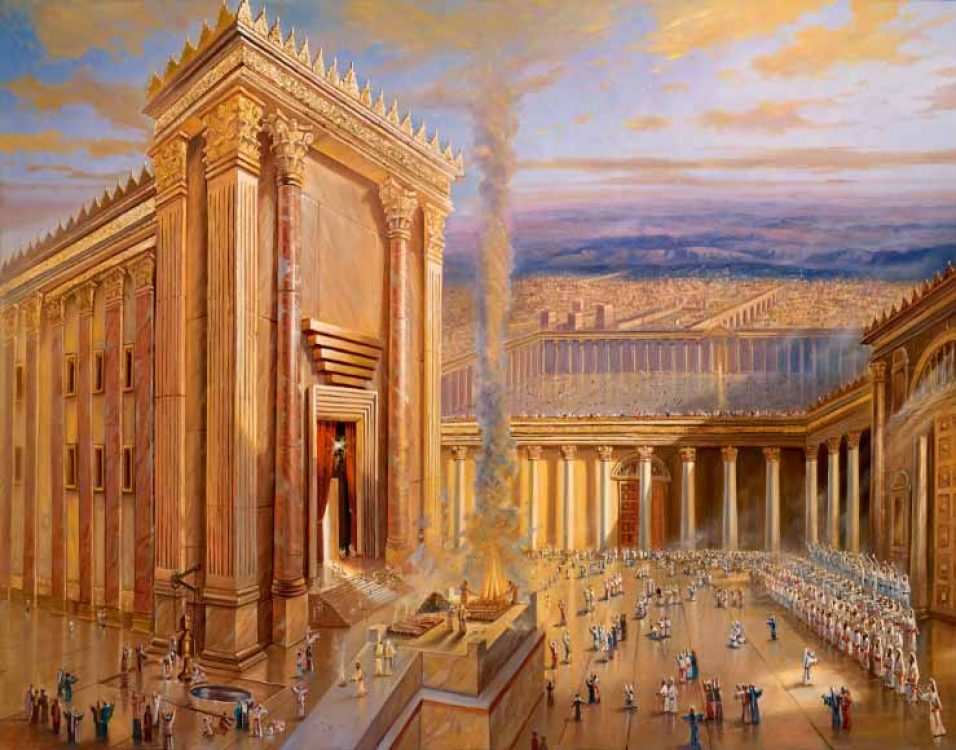
The Second Temple of Jerusalem was one of the most significant structures in Jewish history, serving as the spiritual and cultural center of Jewish life for centuries. Built in 516 BCE after the destruction of Solomon’s First Temple, it stood until 70 CE, when it was destroyed by the Romans. Despite its destruction, the temple remains a powerful symbol of faith, and the hope for the Third Jewish Temple continues to be a central theme in Jewish eschatology.
The Role and Significance of the Second Temple
The Second Temple of Jerusalem was the focal point of Jewish religious practice, where sacrifices were offered and major festivals such as Passover, Shavuot, and Sukkot were observed. Under King Herod’s rule, the temple was expanded and magnificently renovated, making it one of the most impressive structures of its time. However, tensions between the Jewish people and the Roman Empire eventually led to the Great Jewish Revolt, culminating in the temple’s destruction in 70 CE.
The loss of the Second Temple was a turning point in Jewish history, leading to the transition from temple-based worship to synagogue and Torah-centered practices. The Western Wall, a remnant of the temple complex, remains a sacred site for prayer and reflection.
The Vision of the Third Jewish Temple
For many, the dream of the Third Jewish Temple remains alive. According to Jewish tradition, the temple’s reconstruction is linked to the coming of the Messiah and the redemption of the Jewish people. Various religious groups believe in preparing for its rebuilding by studying ancient temple rituals and crafting sacred objects.
However, the Temple Mount, the historical location of the first two temples, is also home to Islamic holy sites, making any discussion about constructing the Third Jewish Temple highly sensitive. Some believe that divine intervention will determine when and how the temple will be rebuilt, while others take a proactive approach in studying its potential reconstruction.
Conclusion
The Second Temple of Jerusalem played a central role in Jewish religious and national identity. Its destruction marked a major shift in Jewish history, yet the hope for the Third Jewish Temple continues to inspire faith and discussion. Whether viewed as a historical memory or a future reality, the temple remains a profound symbol of Jewish continuity and spiritual aspiration.


